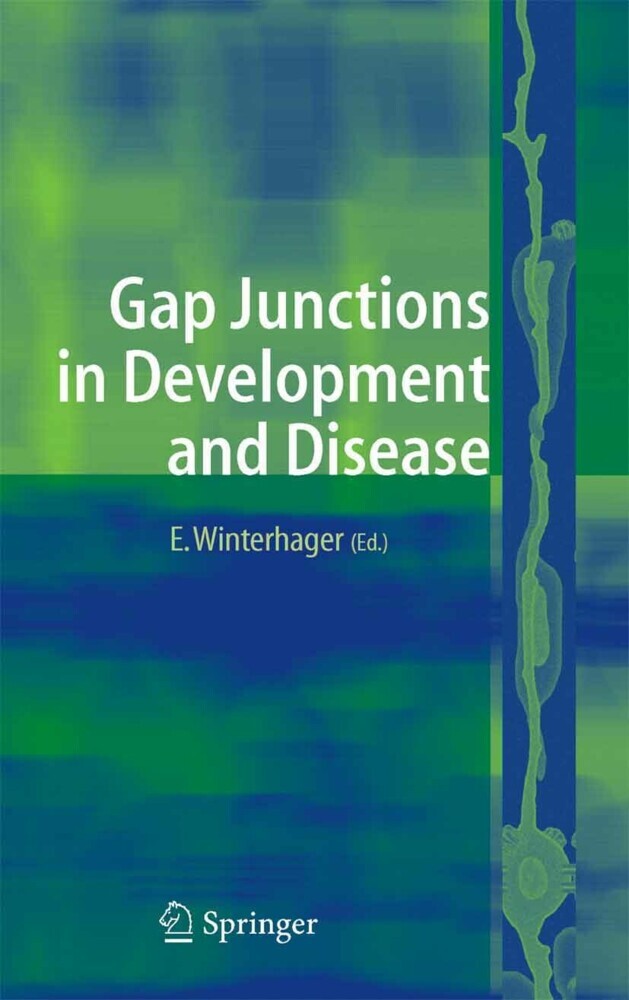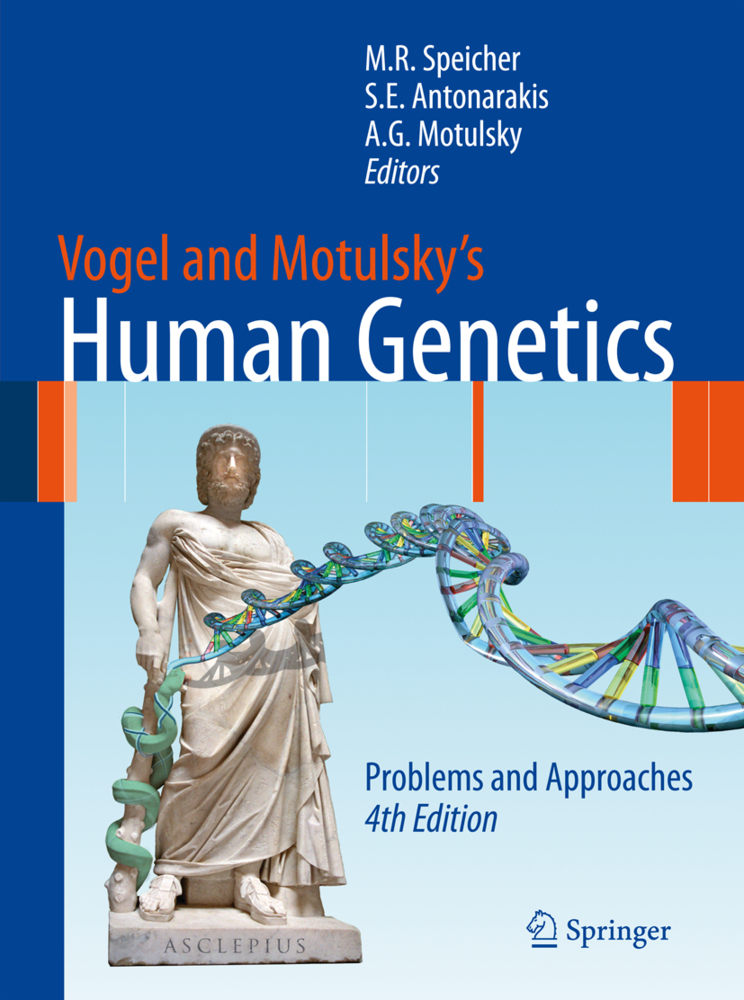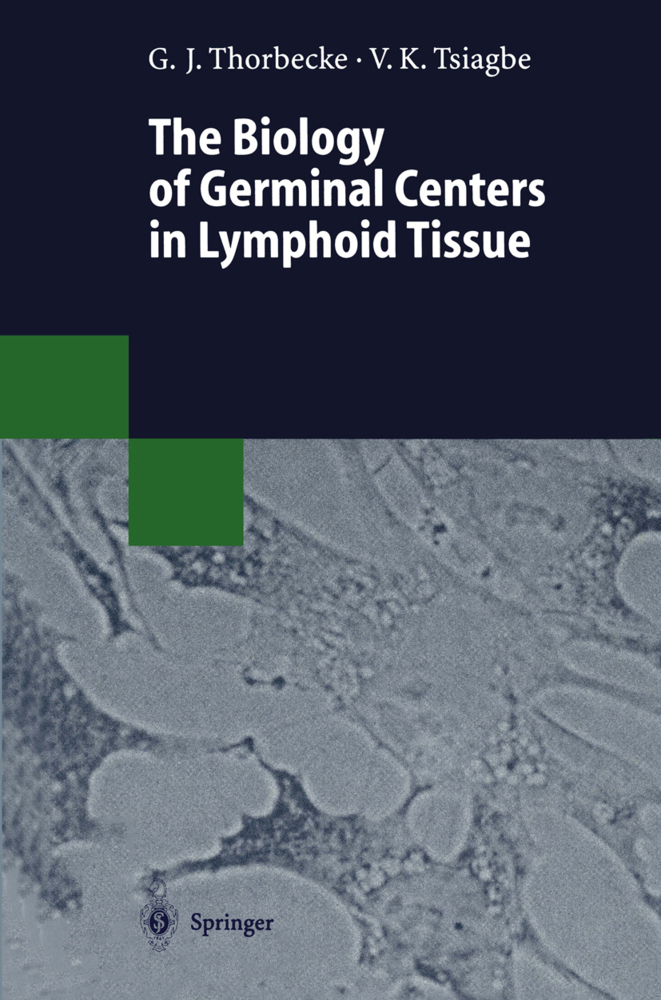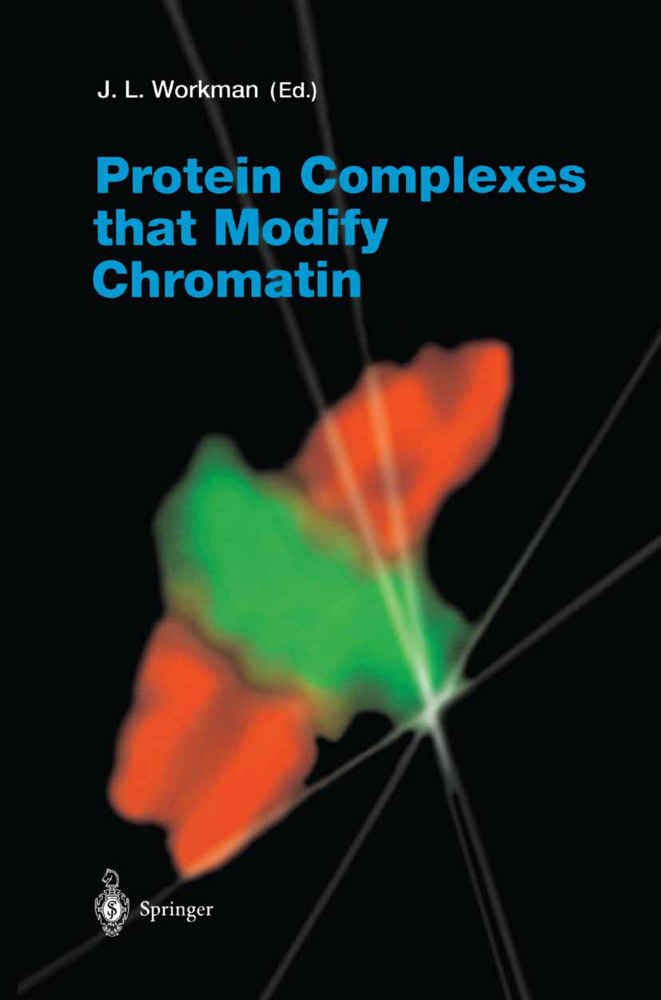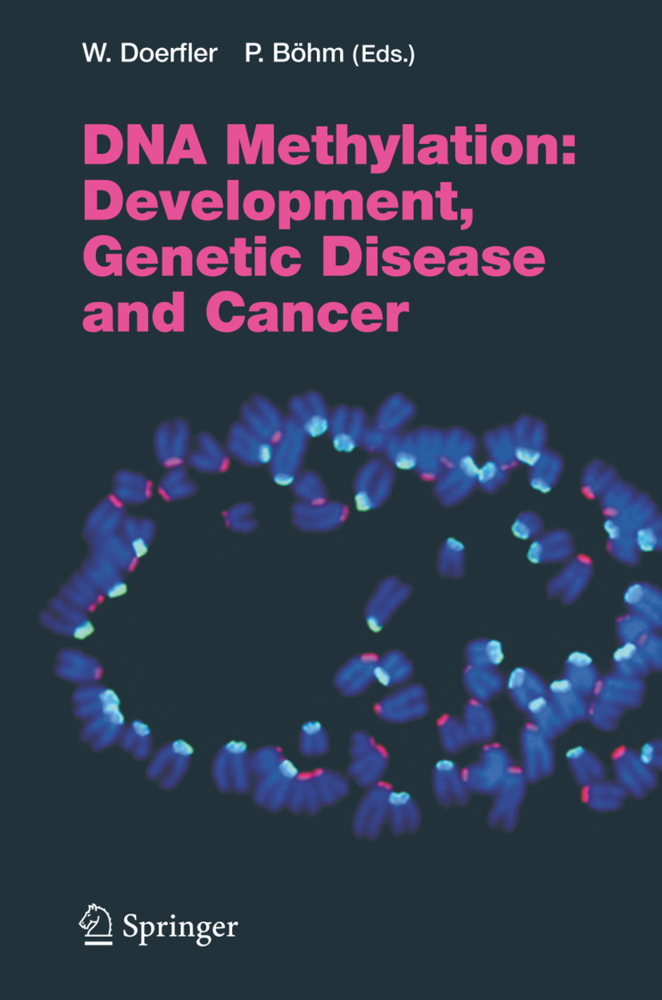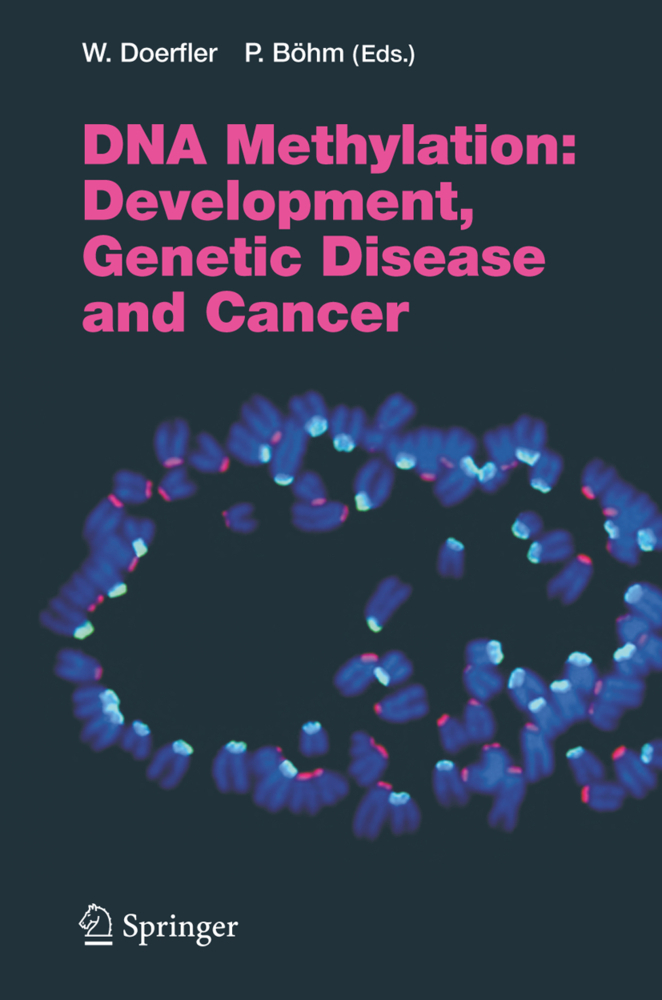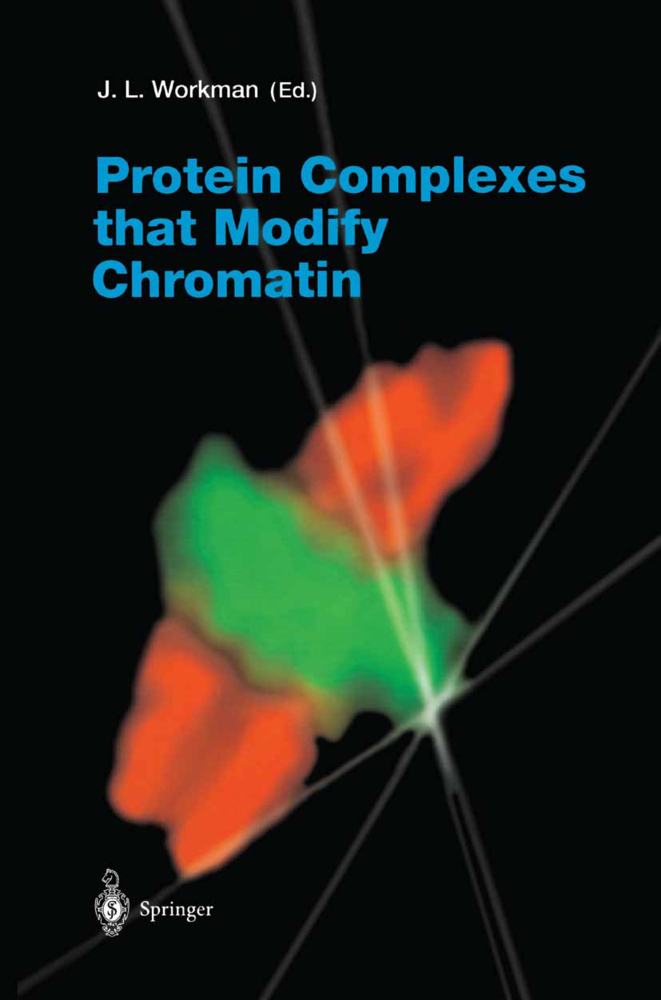Communication between cells via intercellular channels gap junctions appears essential to certain developmental processes and appropriate organ function. Gap Junctions in Development and Disease aims to describe the molecular events underlying impaired development and disease. Beginning with a comprehensive review of various mouse and human genes encoding the channel-forming connexins, later chapters describe several connexin mutations associated with human diseases such as hereditary deafness and female infertility. Erroneous signaling mediated by the interaction of mutant connexins with other proteins, thought to be responsible for dysfunction of organs such as heart, muscle, brain, skin, lens, placenta, and endocrine tissue in both mice and men, is also addressed.
Although the question of why some mutations in gap-junction proteins lead to specific phenotypes remains to be answered, the reviews in this book provide an intriguing insight into the future direction of this research field. The main objective of Gap Junctions in Development and Disease is to describe the molecular events that cause impairments in development and disease. Communication between cells via intercellular channels, so called gap junctions, appears to be essential for certain developmental processes and appropriate organ function. Starting with a comprehensive review of the various mouse and human genes encoding the channel-forming protein connexin, further chapters describe the most important connexin mutations that lead to diseases such as hereditary deafness and female infertility in humans. Erroneous signaling mediated via connexin-protein interactions, thought to be responsible for disfunction of organs such as heart, muscle, brain, skin, lens, placenta, and endocrine tissue in mice and men, is also addressed.
Although the question why some of the mutations in gap-junction proteins lead to a specific phenotype remains to be answered, the reviews in this book give an intriguing outlook on the future direction of this research field.
Although the question of why some mutations in gap-junction proteins lead to specific phenotypes remains to be answered, the reviews in this book provide an intriguing insight into the future direction of this research field. The main objective of Gap Junctions in Development and Disease is to describe the molecular events that cause impairments in development and disease. Communication between cells via intercellular channels, so called gap junctions, appears to be essential for certain developmental processes and appropriate organ function. Starting with a comprehensive review of the various mouse and human genes encoding the channel-forming protein connexin, further chapters describe the most important connexin mutations that lead to diseases such as hereditary deafness and female infertility in humans. Erroneous signaling mediated via connexin-protein interactions, thought to be responsible for disfunction of organs such as heart, muscle, brain, skin, lens, placenta, and endocrine tissue in mice and men, is also addressed.
Although the question why some of the mutations in gap-junction proteins lead to a specific phenotype remains to be answered, the reviews in this book give an intriguing outlook on the future direction of this research field.
1;Preface;5 2;Contents;7 3;Contributors;13 4;Connexin and Pannexin Genes in the Mouse and Human Genome;18 4.1;1.1 Introduction;18 4.2;1.2 Connexin Genes;22 4.3;1.3 Pannexin genes;26 4.4;1.4 Outlook;27 4.5;References;28 5;Essential Role of Gap Junctions During Development and Regeneration of Skeletal Muscle;30 5.1;2.1 Introduction;30 5.2;2.2 Development of Skeletal Muscles;30 5.3;2.3 Regeneration of Adult Skeletal Muscles;38 5.4;References;42 6;Connexins in Cardiac Development: Expression, Role, and Transcriptional Control;45 6.1;3.1 Introduction;45 6.2;3.2 Multiple Connexin Genes Are Expressed in the Heart;46 6.3;3.3 Role of Cxs in Heart Development;54 6.4;3.4 Transcriptional Control of Cardiomyocyte-Related Cxs;57 6.5;3.5 Conclusions;66 6.6;References;66 7;Gap Junction and Connexin Remodeling in Human Heart Disease;72 7.1;4.1 Introduction;72 7.2;4.2 Gap Junctions and Connexins in Cardiomyocytes of the Normal Heart;73 7.3;4.3 Alterations in Gap Junctions and Connexin Expression in Heart Disease;76 7.4;4.4 Ventricular Myocardium in Disease;77 7.5;4.5 Short-Term Effects of Ischemia;84 7.6;4.6 Remodeling of Gap Junctions and Connexin Expression in Diseased Atrial Myocardium;85 7.7;4.7 Significance of Connexin Co-Expression: New Tools;87 7.8;4.8 Concluding Comment;91 7.9;References;91 8;Gap Junction Expression in Brain Tissues with Focus on Development;98 8.1;5.1 Gap Junctions and Neurogenesis: Some Basic Aspects;98 8.2;5.2 Segregation of Connexin Expression During Brain Development;103 8.3;5.3 Drawing a General Scheme of Gap Junction Function in the Developing Brain;107 8.4;5.4 Pitfalls in Defining Cell-Specific Expression of Connexins in Brain Tissues;109 8.5;5.5 Segregation of Connexins During Glial Lineaging;110 8.6;5.6 Upstream Events Regulating Connexin Expression;115 8.7;References;117 9;Connexins Responsible for Hereditary Deafness - The Tale Unfolds;126 9.1;6.1 Introduction;126 9.2;6.2 Connexin Genes and Hearing Impairment;127 9.3;6.3 Inner Ear and Gap Junctions;137 9.4;6.4 Future Prospects;143 9.5;References;143 10;Human Connexins in Skin Development and Skin Disorders;150 10.1;7.1 Introduction;150 10.2;7.2 The Gap Junction System of Human Skin;151 10.3;7.3 Connexin Disorders of the Skin;157 10.4;7.4 Summary;178 10.5;References;179 11;Intercellular Communication in Lens Development and Disease;187 11.1;8.1 Introduction;187 11.2;8.2 Connexin Specialization in the Lens;189 11.3;8.3 Genetic Manipulation of Lens Connexins;191 11.4;8.4 How Does Cx46 Prevent Cataract?;199 11.5;8.5 How Does Cx50 Influence Lens Growth?;202 11.6;8.6 Human Connexin Mutations Cause Cataract;204 11.7;References;205 12;Connexin Modulators of Endocrine Function;210 12.1;9.1 Introduction;210 12.2;9.2 Endocrine Cells Are Connected by Selected Connexins;212 12.3;9.3 Different Endocrine Cells Express Different Connexin Patterns;214 12.4;9.4 Some Endocrine Cells Share Connexins with Their Targets;222 12.5;9.5 Nonsecretory Functions of Connexins in Endocrine Glands;223 12.6;9.6 Hormones and Connexins;225 12.7;9.7 The Future;226 12.8;References;228 13;Roles of Gap Junctions in Ovarian Folliculogenesis: Implications for Female Infertility;235 13.1;10.1 Introduction;235 13.2;10.2 Ovarian Follicle Development;236 13.3;10.3 Connexins in Developing Follicles;237 13.4;10.4 Roles of Individual Connexins in Folliculogenesis;240 13.5;10.5 Connexin Redundancy in Ovarian Follicles;244 13.6;10.6 Implications for Understanding Human Female Infertility;245 13.7;10.7 Conclusions;246 13.8;References;247 14;Placental Connexins of Mice and Men;250 14.1;11.1 Introduction;250 14.2;11.2 The Role of Gap Junction Connexins in the Murine Placenta;252 14.3;11.3 The Role of Gap Junction Connexins in the Human Placenta;257 14.4;11.4 Analogous Functions of Murine and Human Connexins in Placental Development;261 14.5;References;262 15;Connexins in Growth Control and Cancer;264 15.1;12.1 Introduction;264 15.2;12.2 Connexins and Gap Junctions;266 15.3;12.3 Gap Junctions and Tumor Suppress
Winterhager, Elke
| ISBN | 9783540286219 |
|---|---|
| Artikelnummer | 9783540286219 |
| Medientyp | E-Book - PDF |
| Auflage | 2. Aufl. |
| Copyrightjahr | 2005 |
| Verlag | Springer-Verlag |
| Umfang | 279 Seiten |
| Sprache | Englisch |
| Kopierschutz | Digitales Wasserzeichen |

